For those of us who came of age during the Freddy Krueger and “Hollywood Chainsaw Hooker” era – I’m guessing the person who green-lit that movie is now working as the set designer for a musical comedy remake of Hamlet at a backwoods dinner theatre – we see shadows where there aren’t any, and hear ghostly car radios playing from abandoned vehicles. Perhaps it’s a fascination with sad and eerie stories, or maybe the romance of exploring derelict ruins, but visits to the ghost towns of Canada have become a booking industry and a fun tourist experience.
Canada is home to countless abandoned communities. These villages and towns were generally dependent on farming, mining, fishing, and forestry, and when the respective industries dried up – or the environment wreaked havoc on livelihood, like the droughts on the prairies in the 1930s — people left in droves to seek their fortune elsewhere. In certain cases, as in some mining towns, the sole employers shut down and forced residents to leave communities, sometimes overnight. Not all ghost towns are completely abandoned; some are still home to stalwart residents who refuse to leave.
Turn down a disused track and pull up in front of the shell of a once-hopping diner. Set the parking brake, turn off the engine, and step onto streets empty of activity. Who is brave enough to navigate the dusty alleyways, wondering if the footfalls you hear belong to other visitors or a dear departed soul?
British Columbia
Bradian
North of Pemberton, within driving distance from Whistler, is the former mining town of Bradian. This ghost town was home to people who worked in a local gold mine, and when it shut down several decades ago, so too did the town. This one is for sale, so if you have some spare change lying around and are handy with a hammer, you can make this town home.
Kitsault
Kitsault was established in the late 1970s as a mining town on the north coast of British Columbia. It sprung up as a complete town, with subdivision housing, a hospital, shopping mall, and recreation for the town’s 1200 residents, who were employed by Phelps Dodge Corporation. When the mine shut down less than two years later, the residents were forced to leave. Today it is a perfectly preserved — and slightly creepy — testament to putting all of your eggs in one basket, and will potentially re-open if the current owner receives approval to operate it as part of a natural gas pipeline.
Alberta
Nemiskam
To find Nemiskam visitors need a sharp eye and probably the help of a local. It’s located along Alberta’s Red Coat Trail, but since its prominent landmark — a grain elevator — was taken down in the 1990s, finding it is part of the adventure. Not much remains besides an old schoolhouse, cracked sidewalks, and disused railway signs, and it is just one of many prairie towns that lost the fight with regional amalgamation.
Rowley
Unlike other towns on this list Rowley was a ghost town set to disappear until a few locals thought better of it and decided to preserve it for tourists visiting heritage sites. The official population is in the single digits and the town’s future is dependent on the vagaries of service to the area, but it’s worth it to see fairly well-preserved remnants of a pioneer town.
Saskatchewan
Insinger
Life was tough for the first European settlers of what became Insinger, Saskatchewan and from the late 1800s to its peak population of 100 residents it fought for every sign of community success: general stores, a blacksmith, garages, a hotel, and even a café. By the turn of this century the population was down to 20 as most people chose to build lives in larger towns. There is still an operational post office, but most of the remaining buildings, while painted in bright, cheerful colours, are boarded up.
Manitoba
Snowflake
Not much remains of Snowflake, Manitoba other than two grain elevators, a few non-maintained roads and street signs, crumbling buildings, and a still-functioning post office and community centre. The end came when the railway line into the town was abandoned, as happened often across the prairies. The town was initially settled in the 1880s and a small museum stands — within the former Star Mound School — where local artifacts are housed, but what attracts visitors most are the scenic routes in the area.
Ontario
Nicholson
There isn’t a lot left of Nicholson now that nature has taken over. Other than rusting machinery and a few buildings teetering on their last legs, it’s only claim to fame is the fact that it’s the site of a former lumber town responsible for providing railway ties to parts of the British Empire. When a fire destroyed the mill, the population dwindled until the last residents moved away in the late 1960s.
Quebec
Grosse Île
Grosse Île is a ghost town that likely has a bustling population of ghosts, if you believe in that kind of thing. It served as a quarantine station for over 90,000 Irish immigrants escaping the potato famine. Many were suffering from typhus as a result of conditions in Ireland followed by weeks at sea on crowded ships with unsanitary conditions. These people were often literally dumped on the shores of Grosse Île and the local hospital was ill equipped to manage the numbers or the illnesses. Many Irish settlers to Canada died and were buried on the island. Of all the ghost towns listed here this is the most likely to be haunted by restless souls. It is now designated a National Historic Site and serves as a memorial.
Newfoundland
The residents of Flat Island were subject to a mass resettlement by the government approximately sixty years ago. Flat Island is one of the four islands — also collectively known as the Flat Islands — which were originally settled in the 1820s and the communities grew and prospered quickly, subject to local fishing conditions. Local fisheries declined in the 1940s and 50s and residents sought work in other trades and began leaving the islands. By the late 1950s those who remained were resettled, but many structures remain, and there’s an unofficial caretaker who maintains the trails.
This list is incomplete because you have other things to do with your time besides read about ruined buildings for the next twenty-four hours; that’s how many ghost towns are scattered across Canada. The most that remains of many of these towns are footnotes in old books or half forgotten memories of a story someone’s great-grandfather once told. Nature has taken over, but for those ready to explore and whose eyes are keen enough to notice moss-covered mounds where flat forest floors should be, you might find treasures of Canadian history.

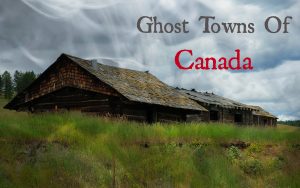
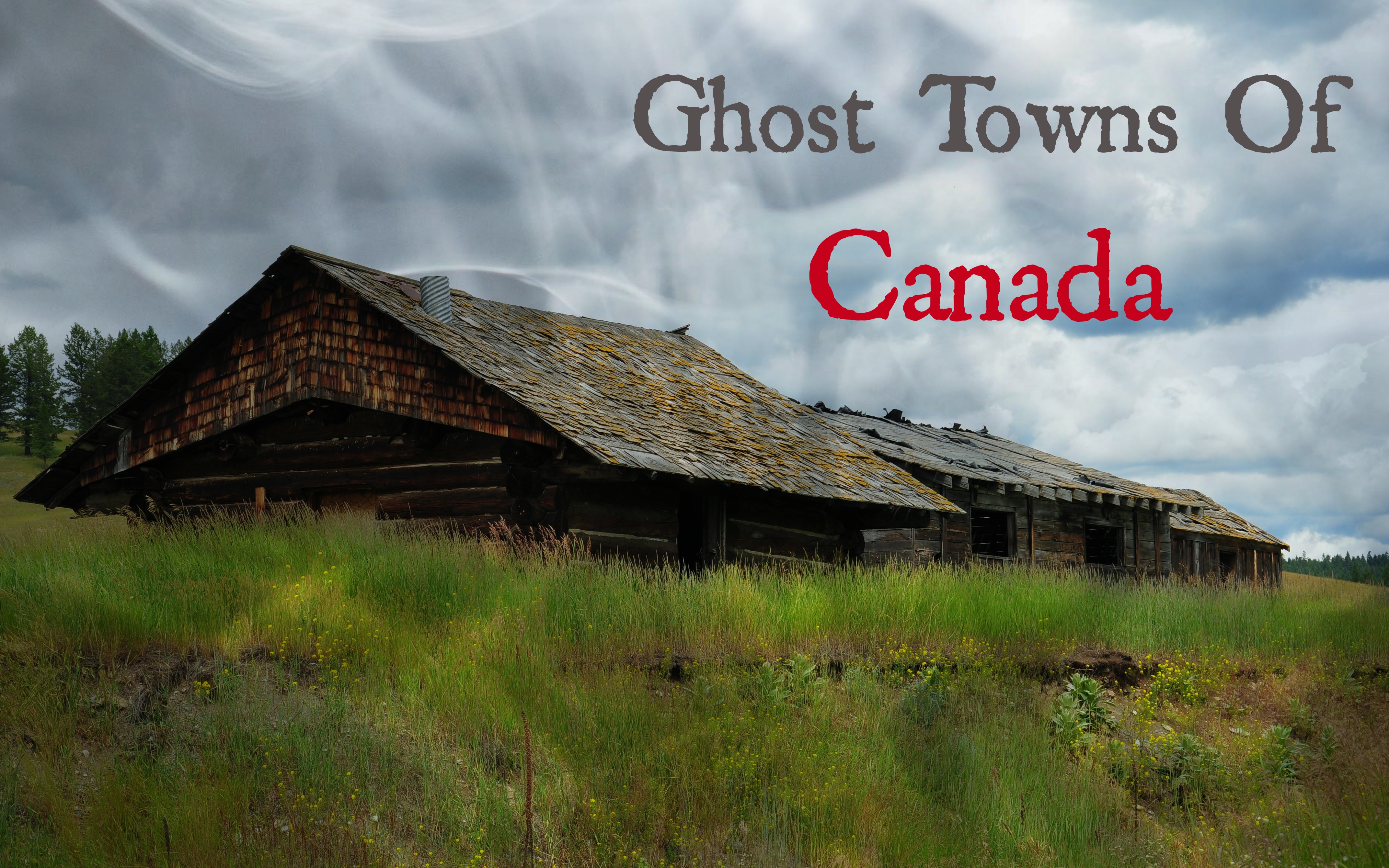
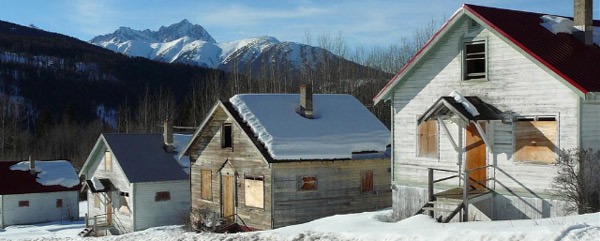
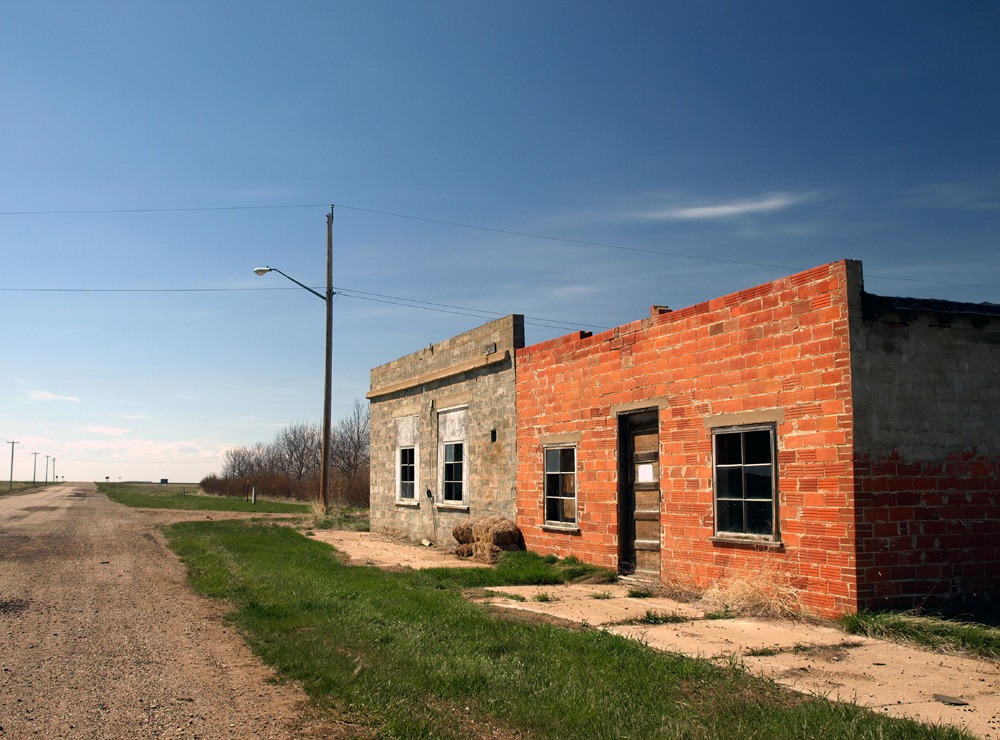
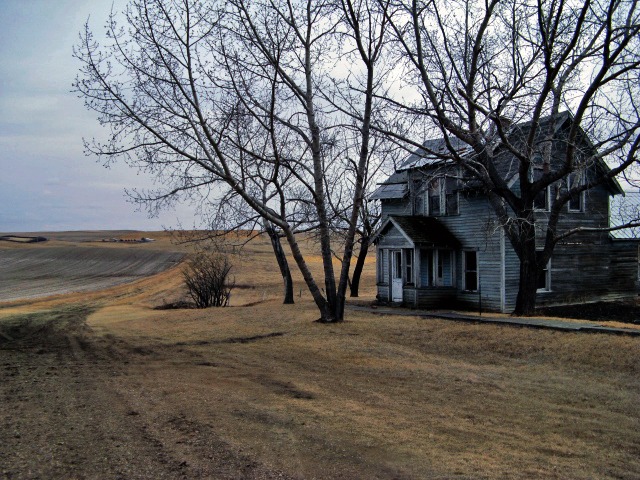
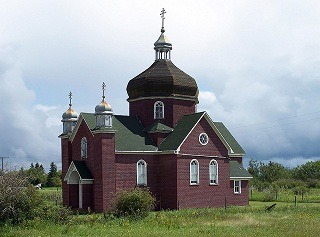
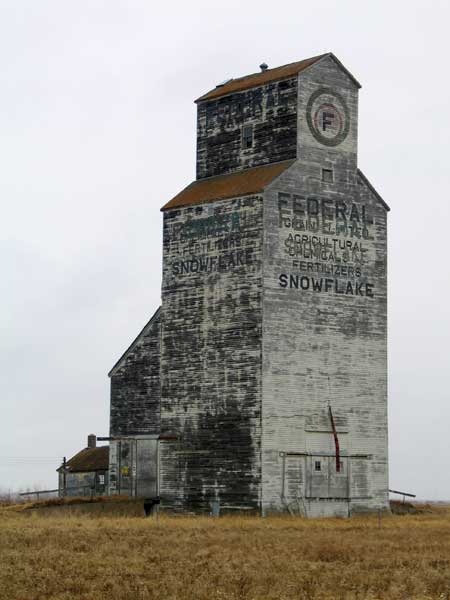
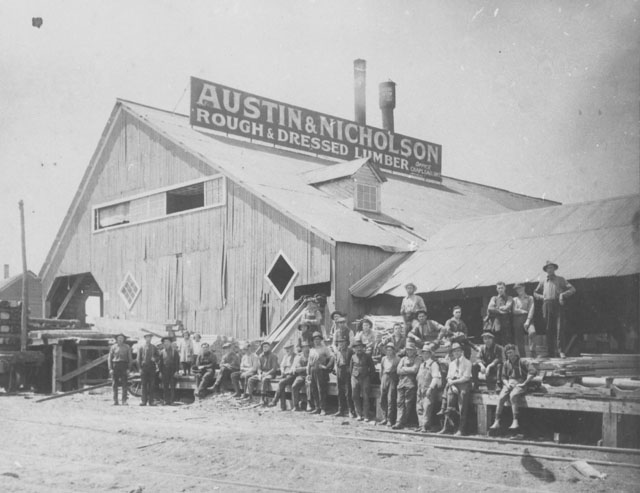
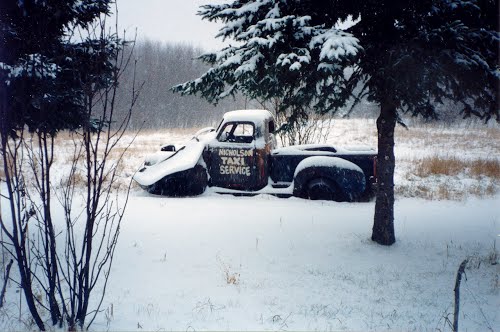
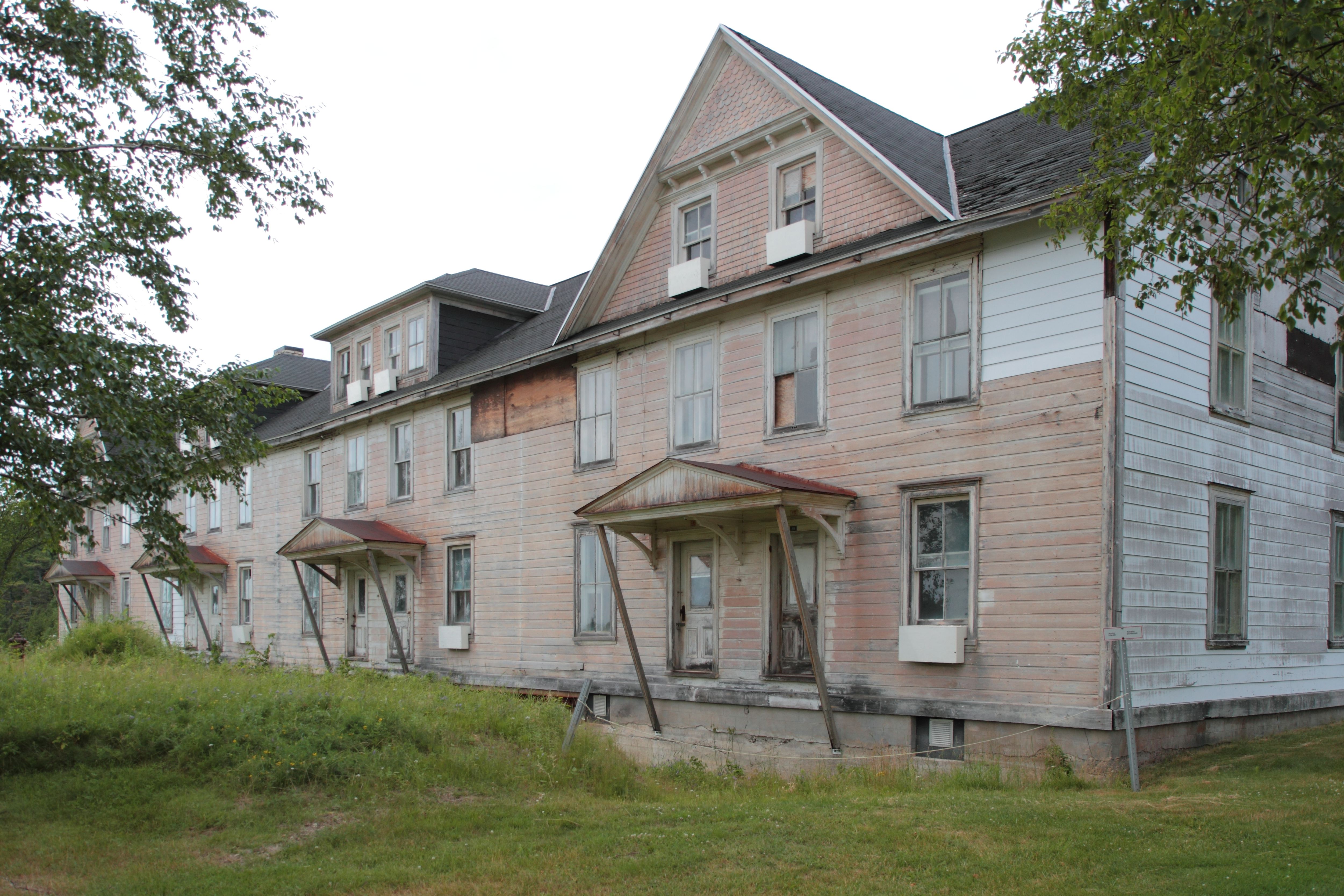
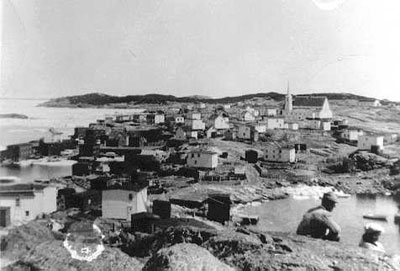
 Halloween Costumes for Last Minute Parents
Halloween Costumes for Last Minute Parents
Alison Pentland
Great article Katja – I’ve reposted on my costume facebook page!
Katja
Thanks, Alison! There were so many to choose from, it was hard to narrow down the list.
peady
I think you have just discovered a new thing.
Eek-o-toursim.
Great post!
Happy Halloween!
Katja
I love that! Thank you.
peady
You are welcome! Such a fun post.
merry120
Oohhhh. I love this! I should totally go find some of these!
greenglobaltravel2
There’s something eerily beautiful about abandoned places like these. Thanks for sharing!
Brandy
I love this list. Something about ghost towns intrigues me. I actually know someone who is from Snowflake (my former elementary music followed by high school English teacher).
Thank you for including the video by 16×9. That is amazing that he is trying to revitalize the town.
Katja
How great that you have a connection with one of these places! They are intriguing, aren’t they?
Katja
You’re welcome! Have you explored any ghost towns?
Katja
Let me know what your impressions are if you do.
Pam Dillon
I love these stories and images and places. Would so love to visit. I explored an abandoned farmhouse with my cousins one summer when I was a kid. It was in the countryside outside Kingston and was a scene straight out of a movie. Terrifying and horrifying and amazingly thrillingly wonderfully unforgettable. : )
Sandra
One more offbeat gem to add to my list of things to visit in Canada. I love ghost towns. My hometown had one too that was transformed into a tourist resort several years ago. One day people just got up and left, basically.
Jeff Gibbin
Ghost Towns of Canada
https://www.facebook.com/ontarioabandonedplaces2